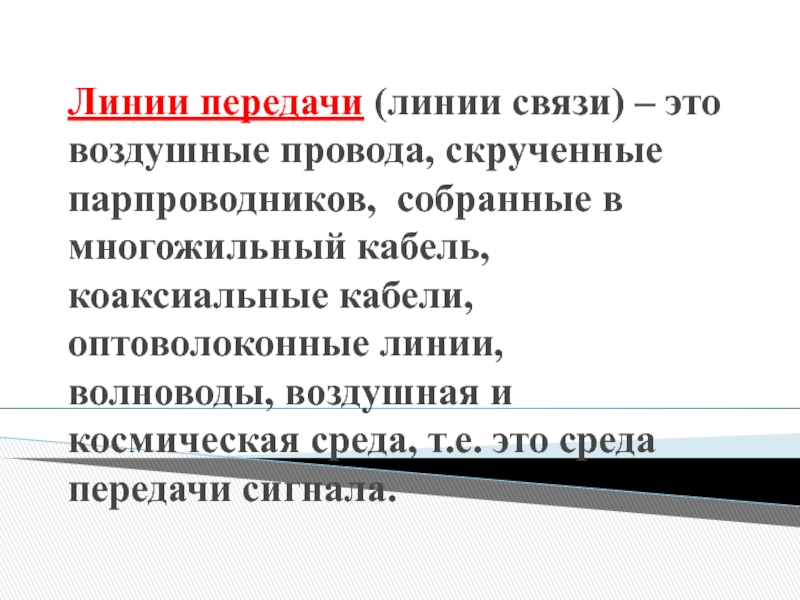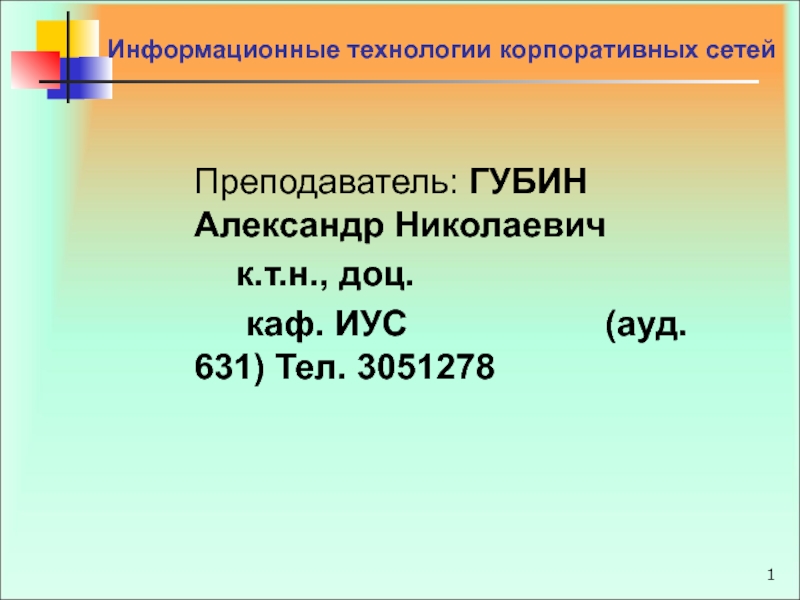importer of books into England.
He was born in around 1422
in Kent. He went to London at the age of 16 to become an apprentice to a merchant, later moving to Bruges, the centre of the wool trade, where he became a successful and important member of the merchant community. The duchess of Burgundy encouraged Caxton to translate 'The Recuyell of the Histories of Troye' from French to English.
In the early 1470s Caxton spent time in Cologne learning the art of printing. He returned to Bruges in 1472 where he and a Flemish calligrapher set up a press.
In 1476 Caxton returned to London and established a press at Westminster, the first printing press in England. He printed more than 100 books in his lifetime, books which were known for their craftsmanship and careful editing.



























